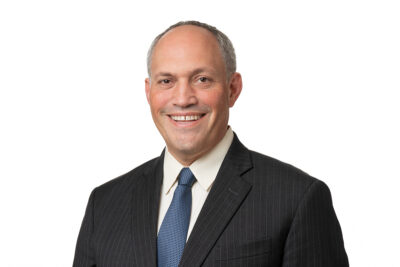WATERTOWN — Massachusetts, after New York and New Jersey, has had the highest number of deaths due to the novel coronavirus. That naturally has had an impact on the two Armenian-owned funeral homes in Watertown, which have faced a stressful situation only somewhat less difficult than that of the New York and New Jersey funeral homes (https://mirrorspectator.com/2020/06/04/armenian-funeral-homes-in-new-york-and-new-jersey-overwhelmed-by-covid-19-crisis/).
Paul Bedrosian of the Aram Bedrosian Funeral Home, a family business started by his parents in 1946, said that greater than 90 percent of the clients are Armenians. The remainder are families of people married to an Armenian, referred by Armenians friends or friends of the Bedrosians personally.
He described the situation over the last few months as “definitely drastically more people passing away.” At its peak in April, there were 25 funerals, whereas he said, normally, the funeral home would handle 8 or 10. It slowed down in May.
Bedrosian said that even back in January, there were a few deaths which listed pneumonia or respiratory problems as the cause, which he now suspects could have been due to COVID-19. After seeing confirmed COVID-19 victims over time, he said he noticed the following: “Our results are a little bit compromised as far as the circulation to the extremities is concerned. We can usually tell from the hands or feet, sometimes in the facial area, where they might be a little more pink tone, or blemish, than there normally would be. It suggests the virus is present.”
Guidelines in Massachusetts were changing and unclear in March. Cardinal Sean Patrick O’Malley of the Catholic Archdiocese of Boston announced that Catholic churches would allow funeral masses with up to 25 people, but the limitation on participants was being abused. The cardinal then decided not to accommodate funeral masses but only conduct prayers at the cemetery. The Armenian Church decided to close and only do graveside prayers, though some priests might come to the funeral home before going to the cemetery. The Greek Orthodox Church decided not to close but to limit gatherings to 10 people.
By the weekend of March 21-22, President Donald Trump was talking about lowering the national limit on gatherings to 10 people but was leaving the actual decision to individual states. Sometime around 9 p.m. on Sunday, March 22, Bedrosian called his state senator,













